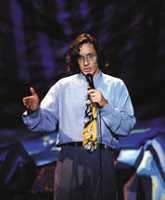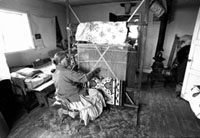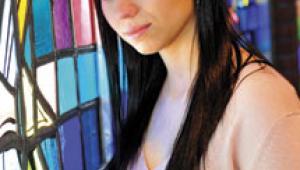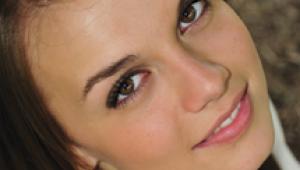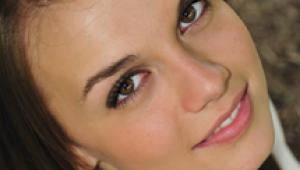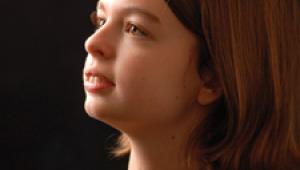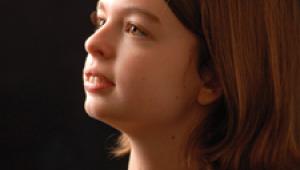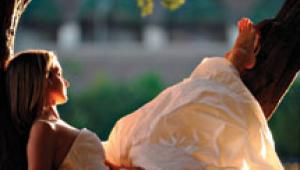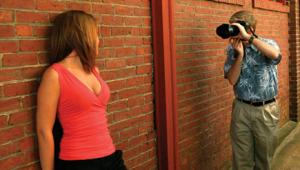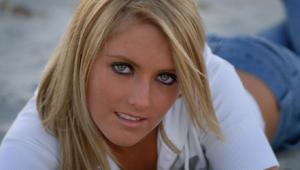People At Work
Available Light Portraits
Over the years, photographers
have come up with a lot of clever names for "available light."
When working under less than ideal lighting condition, you'll
hear some people call it "available darkness" or "unavailable
light," or when using supplementary lighting they may refer to
it as using "every light that's available." Out in
the real world, photographers working under whatever light that exists
in a given environment sometimes face many challenges in producing any
images at all. Nowhere is this more challenging than when creating available
light portraits. |
|||
In A One-Room Schoolhouse.
One of Staver's personally rewarding and favorite People
magazine assignments was the "Lowest Paid Teacher in America"
as uncovered by a National Education Association survey. The woman's
name was Janice Herbranson who taught five elementary school kids in a
100-year-old, one-room schoolhouse in McLeod, North Dakota, a small farming
town near Fargo. Not only did Janice teach kindergarten through sixth
grade; she prepared two hot meals a day for the kids--breakfast and lunch.
She arrived early each morning, in the dark during the winter, to start
cooking a hot breakfast and begin lunch preparation in a small kitchen
off the main classroom. During morning classes she periodically tended
to the lunch being cooked. After school she cleaned the building, sweeping
the wooden floor with a broom. In addition to her duties, she became adept
at the mountains of paperwork needed to obtain grants for the school.
For her efforts to educate the students, feed them two hot meals a day,
and clean the school each night Herbranson earned $6300 per year. |
|||
It's Not Always
Easy To Blend In. Another Staver assignment for People magazine
was following a veterinarian as he traveled across a Navajo reservation
in New Mexico reintroducing an all but extinct breed of sheep to the women
of the tribe. This sheep's wool made for superior weaving into beautiful
Navajo rugs. The Navajo people welcomed the sheep, the wool, and the veterinarian,
but not the photographer. The only reason one of the weavers allowed the
photographer into her home was because he was traveling with the veterinarian.
In addition, since the woman did not speak English, a translator was needed.
In her home, which had no electricity or running water, the loom was the
central fixture. The entire scene was illuminated by light coming from
a window behind Staver's main camera position and the one on the
left. Since the majority of the photographs he made of the Navajo weaver
are of the same brightness it was easily metered using the camera's
built-in meter. If the window at the left had been larger or more prominent,
it would have misled the Nikon N90's built-in meter by telling it
there was more light than there really was--which would have caused the
image to be underexposed. Out of respect for the weaver, Staver only made
a few exposures then left. |
|||
Photographing A Speaker.
One of the most common photographs anyone--amateur and professional--gets
to make is that of a person making a speech. On assignment for The Denver
Post, Staver had to photograph Robert F. Kennedy, Jr. while he was making
a speech on a Denver college campus. Lighting in these situations can
be unpredictable, and the Kennedy speech was no exception. The room Staver
worked in had two weak spotlights haphazardly aimed at the stage. One
of the concepts Staver and I agree on is that it is always a good idea
to arrive early for any shoot. In this case, arriving early for the assignment
gave Staver the time to locate the building's electrician and get
his help in aiming the spots toward the speaker's podium. The speech
was photographed with two basic lenses: an 80-200mm f/2.8 zoom and a 300mm
f/4 and both lenses were supported by a monopod. A camera-mounted Nikon
SB26 electronic flash was set on TTL mode with flash exposure compensation
set at -2/3 stops to fill in the shadows under the speaker's eyes. |
|||
Mining For Photographic
Gold. When a low-light event becomes a no light experience, you
need to add enough extra light for the photograph to succeed. In these
kind of situations, light can be added in several ways. Turning on nearby
light sources can often do the trick. Aiming vehicle headlights (turn
the high beams on, too) works well if the cars are nearby. If you provide
the main light from a flash or a continuous light source, any available
lamp can become an accent light. Manufacturers/Distributors Minolta Corp. Nikon Inc. |
